
The choice on where to locate the U.S. Space Command permanently has been the most politically contentious military base-building controversy in recent history. President Donald Trump is now planning to overturn a Biden-era decision and relocate the headquarters from Colorado Springs, Colorado, to Huntsville, Alabama a move with profound strategic, economic, and operational ramifications.

1. A Four-Year Fight Over the Command’s Hometown
Since its launch in 2019, the United States Space Command (SPACECOM) has been based at Peterson Space Force Base in Colorado Springs. The Air Force basing study in 2021 recommended Redstone Arsenal in Huntsville as the “preferred location” from a list of 21 factors that included infrastructure capacity, expense, and local support. In view of this, President Joe Biden in 2023 stated that the command would stay in Colorado because no action should be taken to hinder operational readiness.
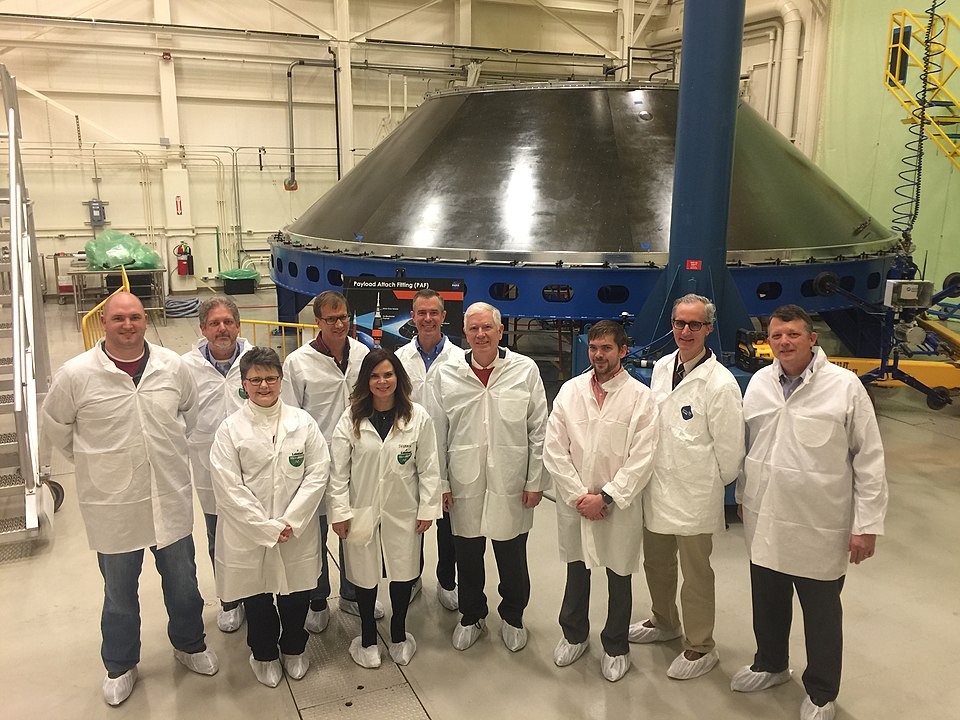
2. Political and Strategic Implications
Colorado and Alabama have battled intensely for the headquarters, recognizing that having SPACECOM entails not just prestige but also billions of federal investment and thousands of jobs. Huntsville, dubbed “Rocket City,” already hosts NASA’s Marshall Space Flight Center, the Army’s Space and Missile Defense Command, and a tight concentration of aerospace contractors like Lockheed Martin and L3Harris. Colorado officials, however, have contended that relocating the command would compromise national security and lead to a loss of experienced civilian personnel.

3. The Inspector General’s Findings
A Defence Department inspector general’s report released in April showed that the Air Force continually listed Huntsville as its preferred location through four successive reviews between 2022 and 2023. The report projected one-time cost savings of $426 million if the headquarters were constructed at Redstone Arsenal, thanks mainly to reduced construction and personnel expenses. But SPACECOM’s then-commander, Gen. James Dickinson, cautioned that as many as 1,000 civilians, contractors, and reservists would be at risk of not moving out, jeopardizing readiness.
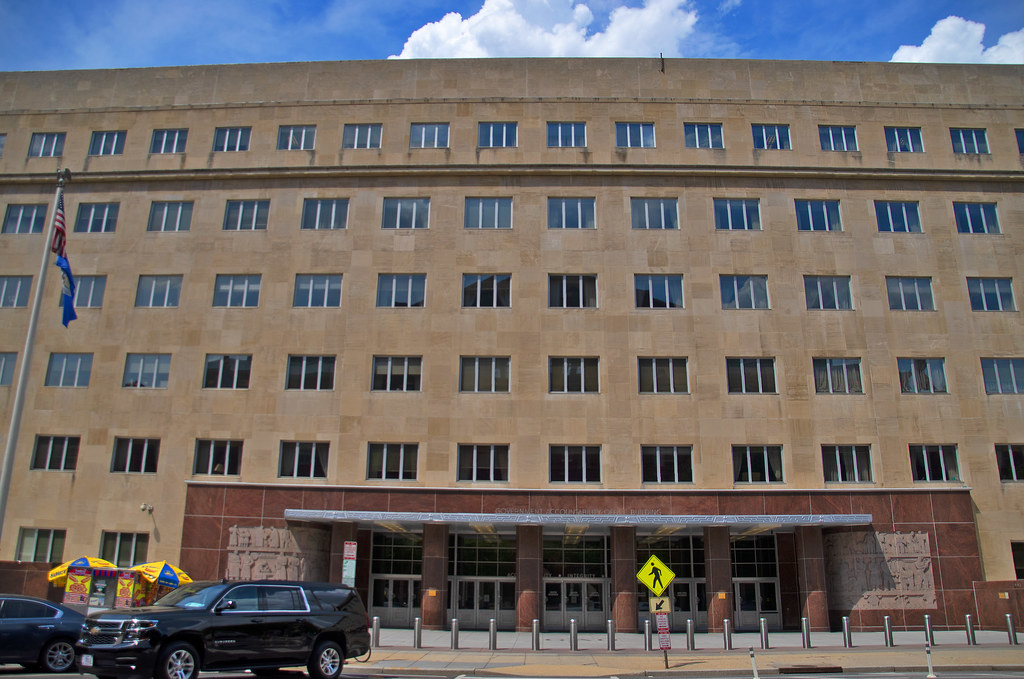
4. GAO Review and Cost Controversy
The Government Accountability Office’s most recent audit cast doubt on the Air Force’s cost savings estimate as being credible, citing it had only a 5% level of confidence. Although noting Huntsville had more basing requirements, auditors noted some of the projected savings were “not based on complete or reliable analysis.” Auditors also noted that SPACECOM’s facilities that are currently in Colorado Springs are spread across four locations two outside secure military bases and suffer from manpower shortages, having only 576 of 809 authorized civilian jobs filled.
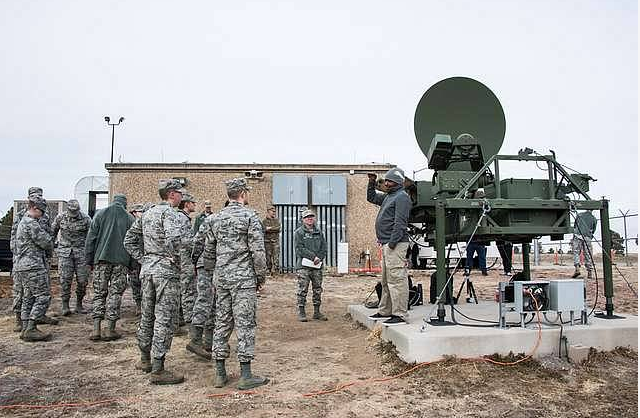
5. Mission Scope and Technological Requirements
SPACECOM’s role goes well beyond administrative control. It has a role in military operations in space, from protecting U.S. satellites against enemy attack to facilitating satellite-based navigation, secure communications for troops, and detection of missile launches. These operations need strong infrastructure with custom power systems, cutting-edge information technology networks, and robust security measures capabilities that have proponents arguing can be mission-built more effectively at Redstone Arsenal.
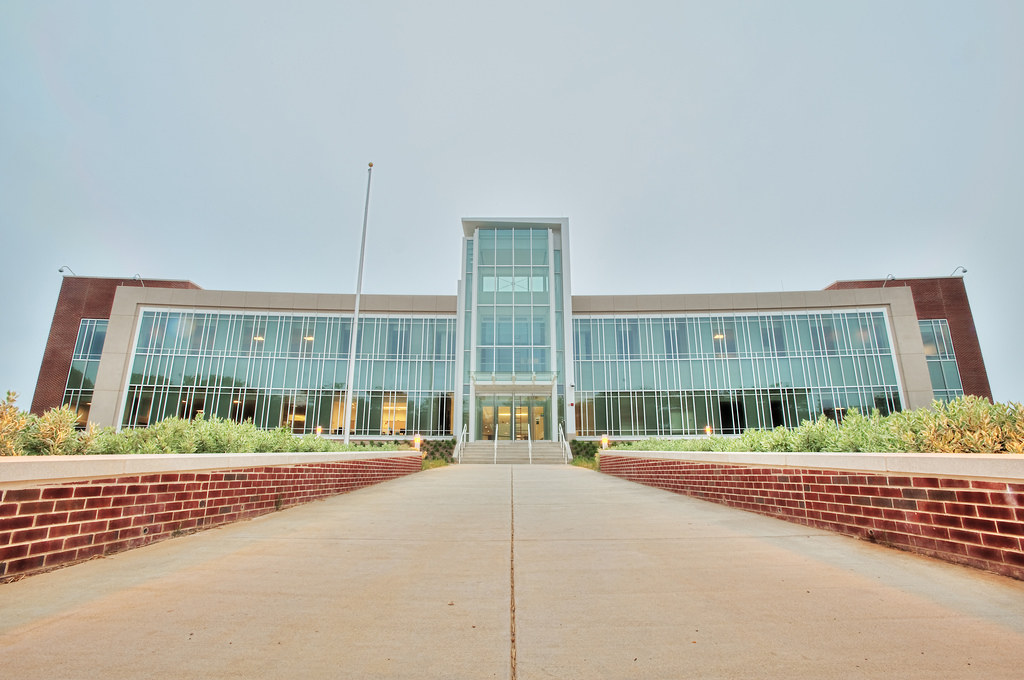
6. Huntsville’s Aerospace Ecosystem
Huntsville provides a special focus of space and defense capability. The proximity of Redstone Arsenal to NASA’s Marshall Space Flight Center and the Missile Defense Agency offers a synergistic environment to combine missile warning systems, satellite command networks, and space-based surveillance technologies. Local contractors are said to be “ready to turn dirt on the day the announcement’s made,” said Rep. Mike Rogers, highlighting the city’s eagerness to break ground immediately.
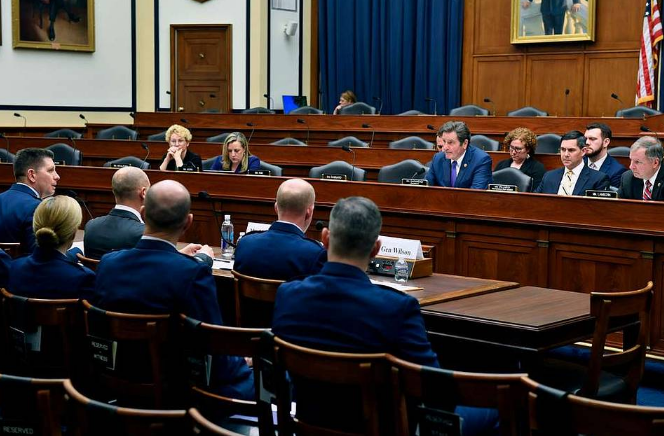
7. Readiness vs. Relocation Risks
Colorado lawmakers point out that SPACECOM achieved full operational capability in December 2023 and advise that relocation of the headquarters might compromise its response to space-based threats. They contend that loss of experienced officers and three-to-four years to construct facilities at Huntsville would introduce vulnerabilities in U.S. space defense posture. Colorado Springs Rep. Jeff Crank averred that “continued efforts to move the headquarters only hurts our national security.”

8. Workforce and Economic Impact
For Alabama, the move would introduce up to 4,700 jobs to the Huntsville community, Rep. Dale Strong said. The increase would add to the city’s already strong defence sector and further solidify its position as a national leader in aerospace innovation. For Colorado, the loss would represent not just an economic blow but also the dispersal of a highly skilled workforce that has been at the heart of SPACECOM’s initial operations.
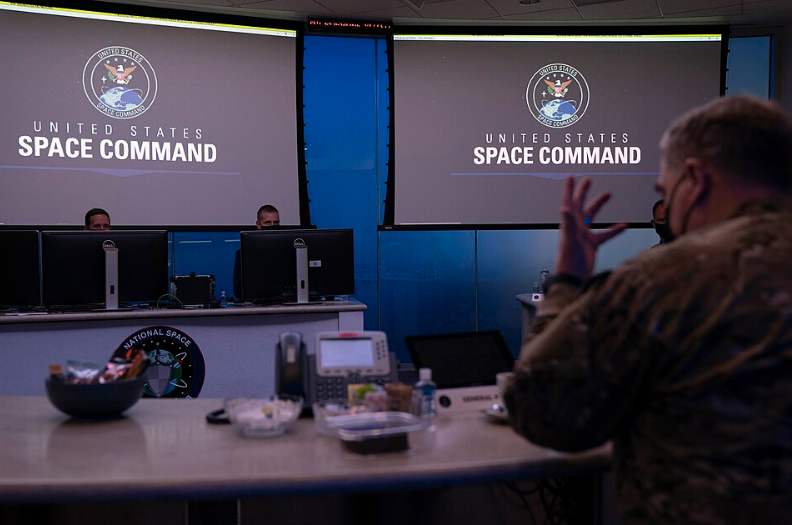
The in-year decision, years stuck in political competition and cross-organisational judgments of expense versus preparedness, is now in the implementation stage. With contractors in Huntsville ready to break ground and Colorado officials promising to battle to keep the command, the next few years will determine if in-year moves make America stronger or more in in-year tension regarding space’s growingly contested domain.


